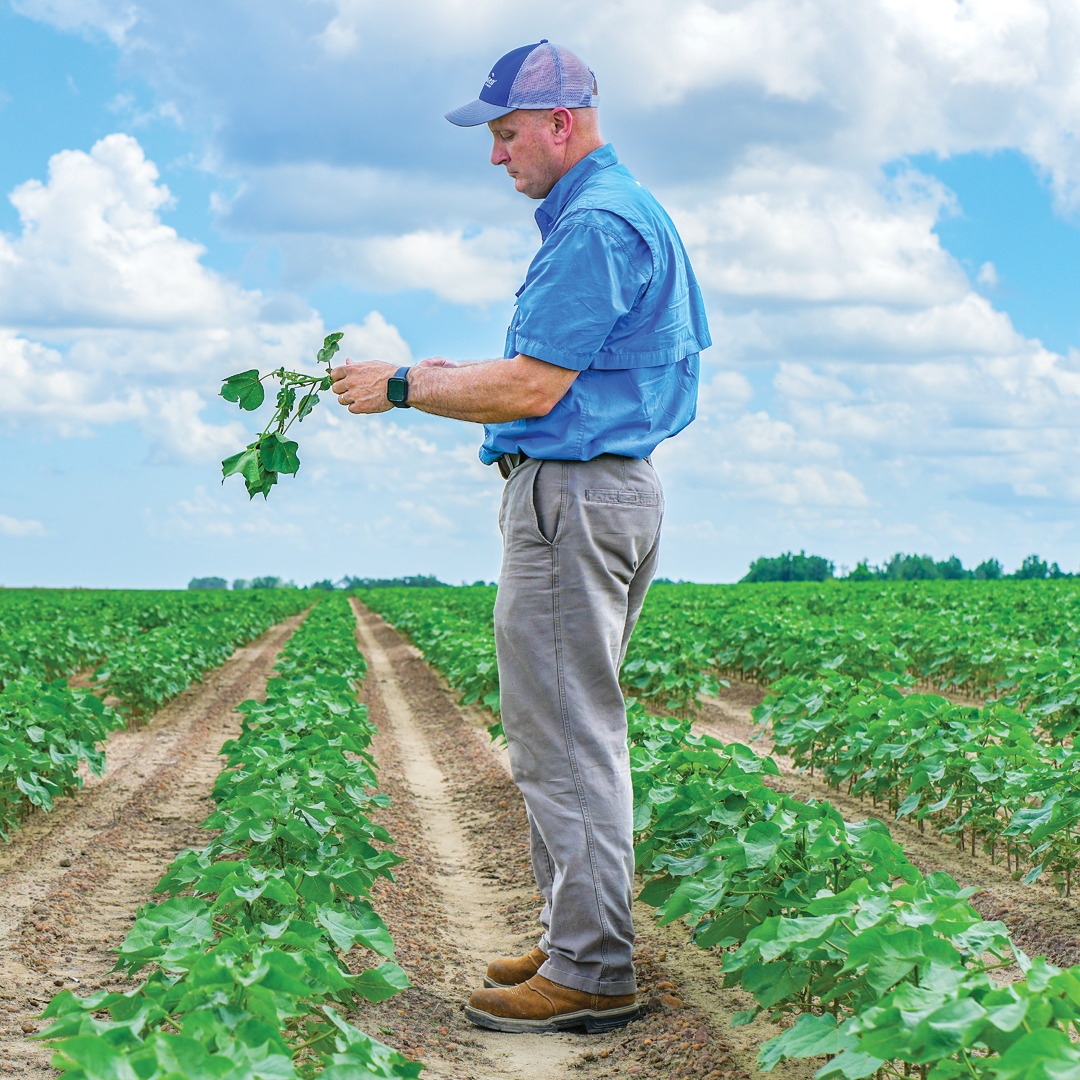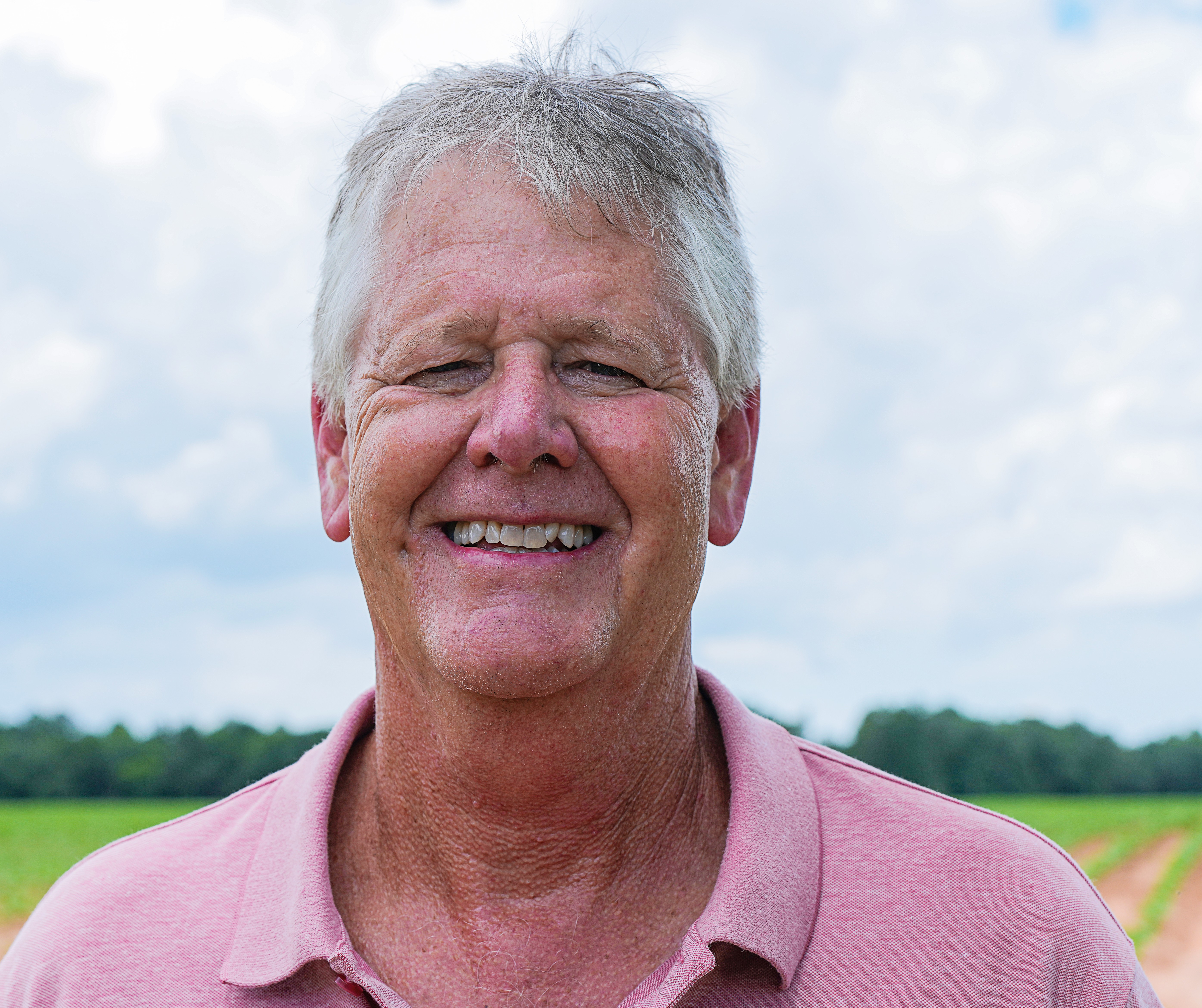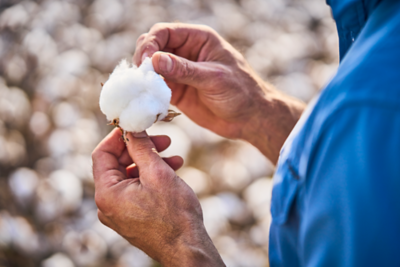From tailgates to turnrows, the word is already out about two new varieties for the 2026 season that offer a generational leap forward in yield potential and fiber quality. Announced in July, PhytoGen® brand PHY 357 W3FE and PHY 433 W3FE are broadly adapted Upland varieties bred to deliver break through yields and fiber quality for growers from the Southeast to West Texas.
PhytoGen breeders have had an eye on these varieties for several years, evaluating data and comparing results from trials across the Cotton Belt. The launch of these varieties is the culmination of breeding focused on pushing yield potential in broadly adapted, consistent varieties.

“Yield is the first thing growers need, especially in challenging market conditions, and these varieties offer a step-change in yield potential to help U.S. cotton producers achieve more on their farms,” said Joel Faircloth, Ph.D., Corteva Portfolio Leader - Cotton. “These varieties raise the bar on yield potential and offer broad adaptability for more consistent production across varying agronomic conditions.”
The broad adaptation of PHY 357 W3FE and PHY 433 W3FE allows cotton growers to plant these varieties across diverse soil types and irrigation regimes, simplifying variety selection and in-season management. Broad adaptation also increases yield consistency, which helps producers better plan for each season.
As the market leader in Pima varieties, PhytoGen cottonseed is known for its ability to deliver exceptional fiber quality. These varieties leverage this expertise in the Upland market with superior fiber quality characteristics, especially staple length. PHY 433 W3FE has produced staple lengths as high as 40 in pre-commercial trials, meeting the demand for longer staple cotton.
“When we advance new varieties, our first focus is always on yield because that is what growers primarily get paid for,” Faircloth said. “But we also select varieties for superior fiber quality so that growers can get optimal price for their cotton and increase profit potential. Higher fiber quality also provides more opportunities for our American cotton growers to better compete in the world textile market.”
Both varieties offer a full suite of built-in protection against yield-robbing pests, including resistance to root-knot nematodes, reniform nematodes and bacterial blight.
Faircloth said nematode resistance has become an important native trait for cotton varieties due to rising nematode populations on cotton acres. Resistance to root-knot and reniform nematodes provides peace of mind against these microscopic pests, protecting yield potential against increased populations in much of the Cotton Belt.
“Cotton producers suppressed nematodes for years with aldicarb, and we now have rising numbers of nematodes in cotton,” Faircloth said. “With built-in nematode resistance, these varieties give producers season-long protection from nematodes and will help reduce soil populations for future seasons. That’s important whether growers plant cotton again or a rotational crop such as soybeans.”
Early OVT and on-farm performance
PhytoGen® brand PHY 357 W3FE and PHY 433 W3FE were tested in university Official Variety Trials (OVTs) last season and demonstrated consistent high yields across various regions — winning trials for yield and fiber quality. For example, PHY 357 W3FE won the 2024 Mississippi State University OVTs, outyielding the closest competitor by 54 pounds per acre. In the same trial, PHY 433 W3FE tied for the longest staple length with a 39, or 1.22 inches.1
“These new varieties were the clear leaders in OVTs last year. You aren’t going to win every trial, but they consistently performed at the top,” Faircloth said. “Growers, consultants and state cotton specialists who saw these varieties in last year’s OVTs told us they wanted the varieties commercially available as soon as possible.”
For the 2025 season, growers in the PhytoGen Horizon Network (PHN) planted the varieties in trials to provide on-farm, commercial-scale data and feedback to the PhytoGen team ahead of commercial availability in 2026. PHN member Frank Brooks is excited about what he’s seen this season with PHY 357 W3FE and PHY 433 W3FE on his farm in Baconton, Georgia.

Brooks said PhytoGen brand varieties have helped him break through yield plateaus on his farm because of their nematode resistance and early season vigor. Now he’s planting PHY 357 W3FE and PHY 433 W3FE to take his yield potential even higher.
“PhytoGen has better vigor than any other brand out there, and the resistance to root-knot and reniform nematodes improved my yields by 200 to 300 pounds per acre,” Brooks said. “I am always looking for something better, so I’m excited about the opportunity to improve my yield and grades with these new varieties.”
As a PHN member, he has a first look at the new varieties in 2025 and eager to get harvest results later this year. So far, the varieties have stood out in his trials.
“PHY 375 W3FE has more growth on it and looks better than any other variety in my trial,” Brooks said. “I would recommend PhytoGen to anybody. These varieties give you a significant advantage when they come out of the ground. Plus, PhytoGen varieties can yield. That gives me confidence in my cottonseed.”
12024 Mississippi State University Cotton Official Variety Trials. One-year mean yield performance and fiber characteristics across six testing locations. In the trials, PHY 357 W3FE and PHY 433 W3FE were entered with their experimental numbers, PX1140F331-04W3FE and PX1150F360-04W3FE, respectively.
™ ® Trademarks of Corteva Agriscience and its affiliated companies. ©2025 Corteva. 030767 BR (7/25) CAAG5PHYG060
AGRONOMY
Find information on nematode management and more in the PhytoGen Cottonseed Agronomy Library.

FIND THE RIGHT VARIETIES FOR YOUR ACRES
Explore PhytoGen® cottonseed with the early season vigor and built-in protection it takes to deliver high yield potential in your acres.
See Our Varieties